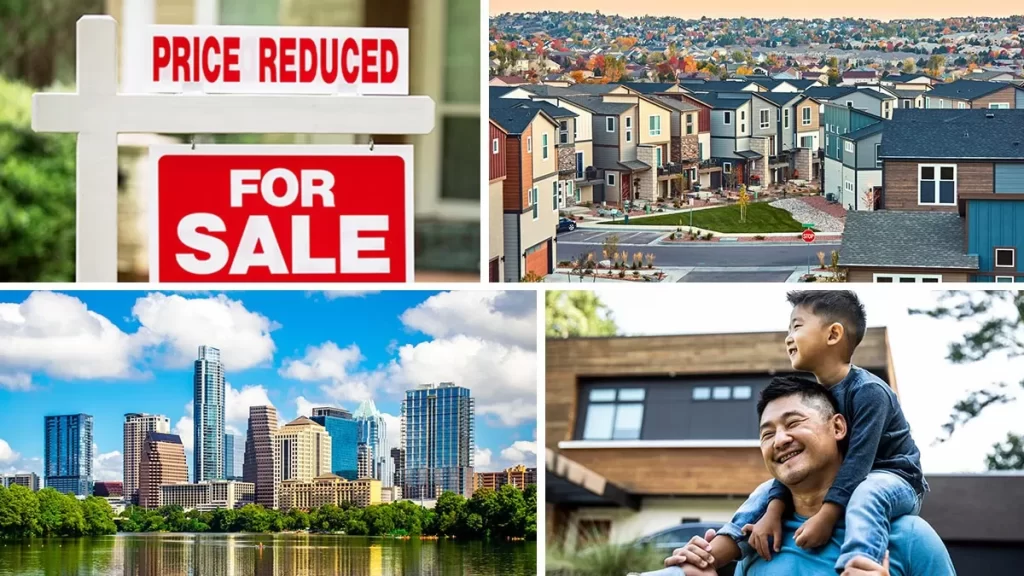
Getty Images
Just a few months ago, home sellers were living the high life. Once they decided to list their homes, everything was smooth sailing all the way. They didn’t have to bother with fixing much of anything or staging rooms to look bigger or better. Heck, many didn’t even trouble themselves to clean their homes before opening them up to eager buyers. And yet many sellers were still receiving multiple offers well over the asking price from buyers, who were often waiving home inspections and every other conceivable contingency to nail down a deal.
The times, as they say, are a-changin’. Fast.
Buyers are now dropping out of the market like woozy midsummer flies due to record-high and still-rising home prices coupled with higher mortgage rates pummeling their inflation-battered budgets. Fears of another recession, stock market drops, and a growing sense of ennui over the state of the world are also sidelining buyers.
Sellers who watched as their neighbors’ homes—ones with kitchens and bathrooms that hadn’t been updated in decades—sold for record prices to all-cash buyers within days in the spring have been dumbfounded by the abrupt shift in the market. While some sellers across the nation are continuing to receive lucrative offers, others have been lucky to get an offer at or below their list price. That’s led those not quite so fortunate to slash their asking prices in hopes of attracting buyers.
So widespread price cuts have moved from rarities to standard operating procedure in some of the nation’s hottest real estate markets. But where are they happening the most? Realtor.com® set out to find the cities where the percentage of price reductions are the highest. These are the metros where sellers are pricing their properties the most out of step with what buyers are willing to pay for them—and where buyers might be able to negotiate a better deal.
“With buyers pulling back, homes linger for a longer time on the market and more homeowners have to slash prices to get a deal done,” says Realtor.com Senior Economist George Ratiu.
The parts of the country seeing the steepest price cuts tend to be those that attracted lots of interest from out-of-state buyers and prices surged the most, far out of reach of many local would-be buyers.
Eight of the top 10 metropolitan areas with the most price reductions—except for Sacramento, CA (No. 7), and Colorado Springs, CO (No. 8)—experienced higher appreciation during the COVID-19 pandemic through today (March 2020–June 2022) than the national 26.2% rise over the same period.
“Price cuts are hitting hardest in markets which have been on a hot streak during the pandemic—cities which saw an influx of buyers looking for quality of life, more space, and affordability,” says Ratiu. “These are also markets which experienced a fast ramp-up in prices due to the inadequate supply of housing.”
To find the places with the most price reductions, the Realtor.com data team analyzed the 200 largest metropolitan areas and calculated which ones in June saw the highest percentage of home listings with price cuts on Realtor.com. To achieve geographic diversity, we included only one metro per state. (Metros include the main city and surrounding towns, suburbs, and smaller urban areas.)
More metros are expected to make their way onto this list as the year goes on,
“As the number of homes for sale grows, we can expect price reductions to become the norm, especially in high-cost areas,” says Ratiu. “For buyers, the change points to more opportunities in the months ahead, especially the fall and winter.”
Now, let’s take a look at some places where buyers just might be able to find a bargain. Maybe.

Realtor.com
Metros experiencing the highest percentage of price cuts in June:
1. Reno, NV
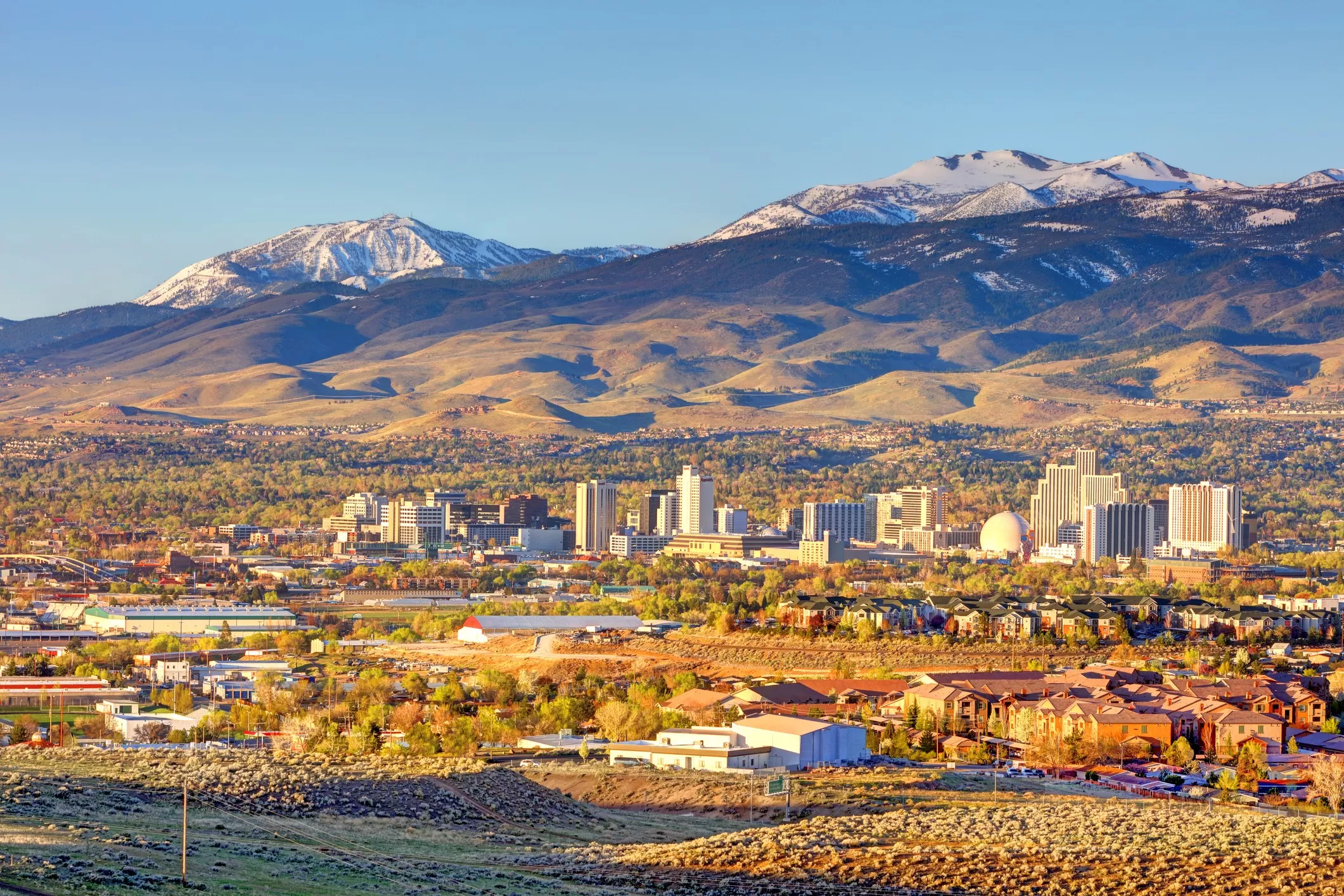
Getty Images
Median home list price: $677,500
Percentage of listings with price reductions: 32.6%
2. Austin, TX

Getty Images
Median home list price: $620,000
Percentage of listings with price reductions: 32.4%
3. Phoenix, AZ
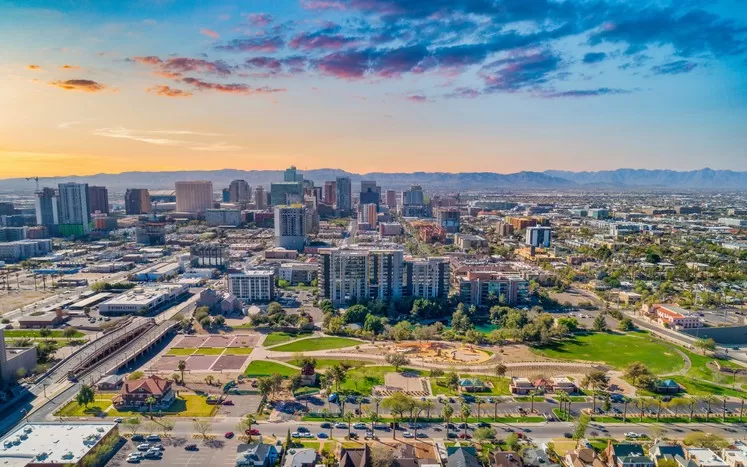
Getty Images
Median home list price: $548,500
Percentage of listings with price reductions: 29.5%
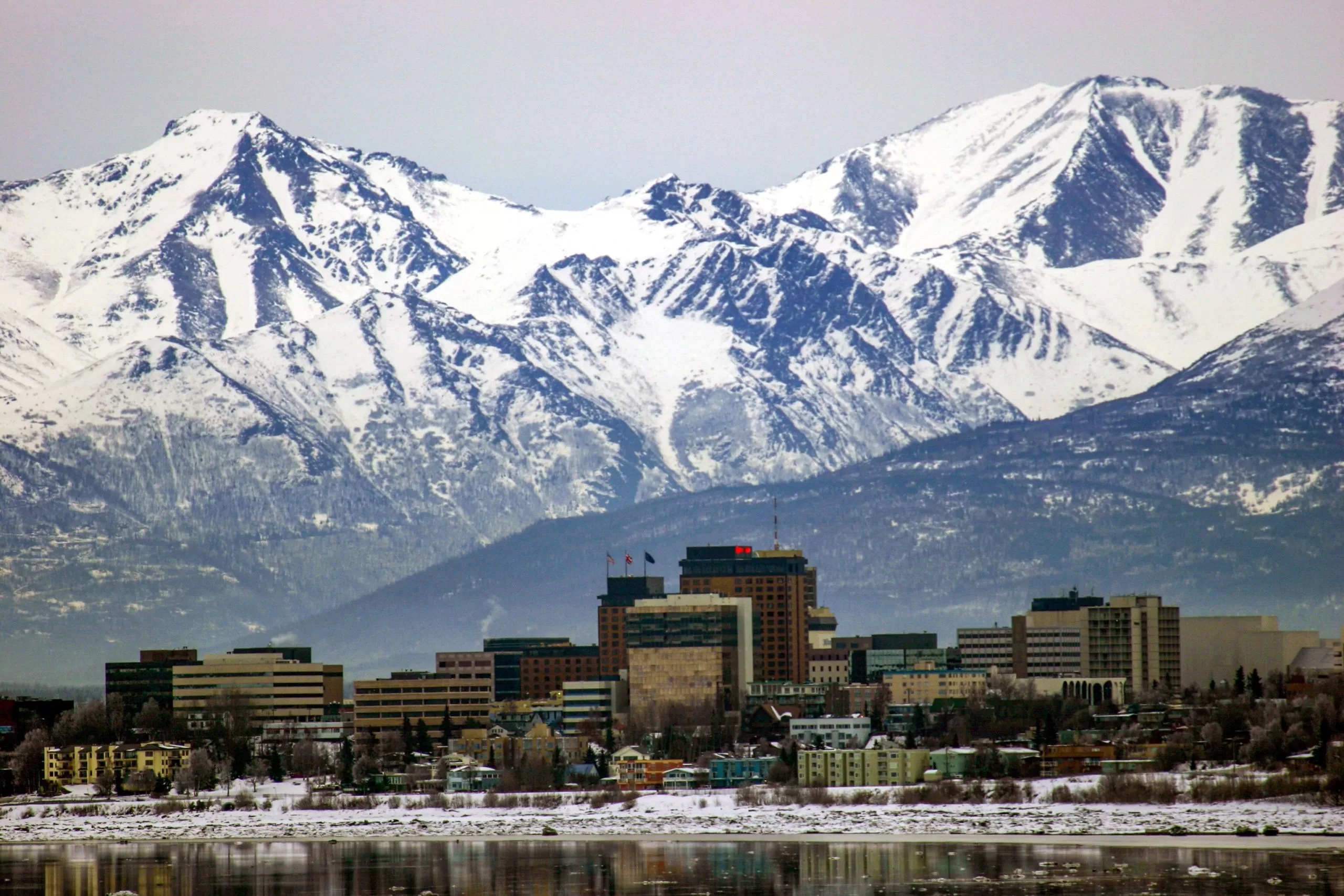
Getty Images
Median home list price: $436,00
Percentage of listings with price reductions: 28.5%
5. Boise, ID
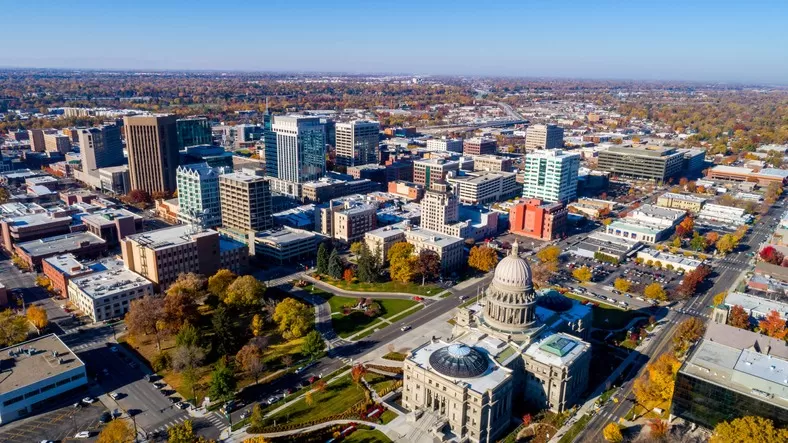
Getty Images
Median home list price: $587,900
Percentage of listings with price reductions: 27.4%
6. Ogden, UT
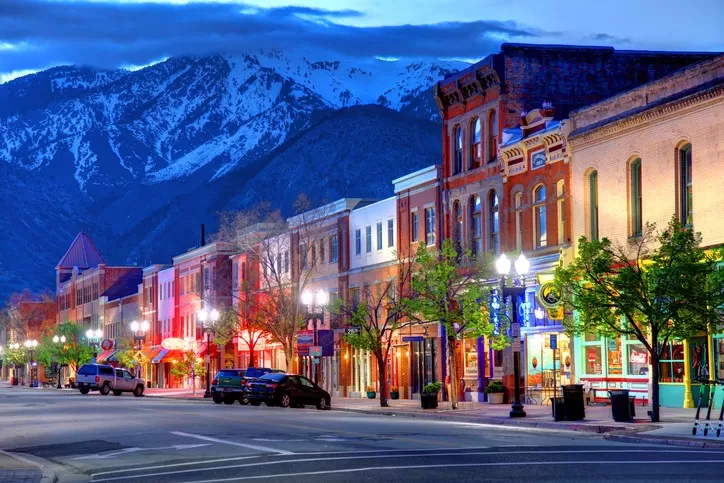
Getty Images
Median home list price: $580,100
Percentage of listings with price reductions: 27.4%
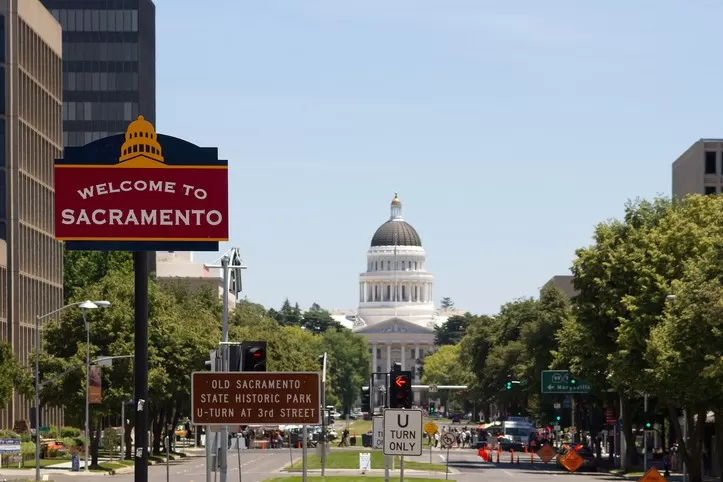
Getty Images
Median home list price: $642,500
Percentage of listings with price reductions: 25.2%

Getty Images
Median home list price: $550,000
Percentage of listings with price reductions: 25.1%
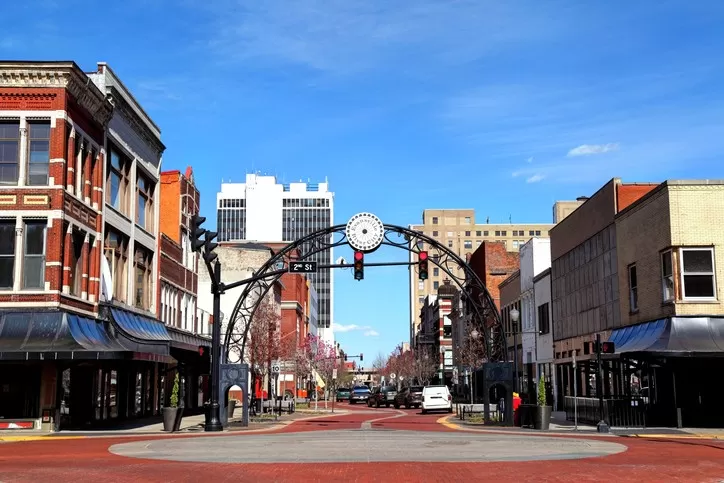
Getty Images
Median home list price: $246,000
Percentage of listings with price reductions: 24.7%
10. Medford, OR

Getty Images
Median home list price: $562,500
Percentage of listings with price reductions: 23.2%
Sellers in some of the hottest pandemic markets are slashing prices
Austin, TX (No. 2), Phoenix (No. 3), and Boise, ID (No. 5), became the poster real estate markets for the wild surge in home prices during the pandemic.
Austin, the funky state capital of Texas, attracted a flood of new residents drawn to the trendy city’s lower prices and taxes—compared with many cities on the coasts—as well as a plethora of new jobs in the region. For example, Tesla relocated its headquarters to the area in late 2021.
Meanwhile, droves of Californians and other refugees from pricey West Coast cities streamed into Boise, an artsy, burgeoning tech hub. Phoenix has proven hugely popular with families and baby boomers nearing retirement.
Many retirees and high-earning professionals who could suddenly work from anywhere relocated to these red-hot areas. Plenty of these newcomers sold their homes in their pricier cities to buy property in Austin, Phoenix, and Boise, which inflated prices beyond the means of many locals.
In Austin, prices shot up more than 66% from March 2020, when the COVID-19 shutdowns began, through June of this year. They increased about 35% in Phoenix and 53% in Boise over the same time span.
However, this spring the number of homes for sale more than doubled in each of these metros as sellers raced to get their homes on the market—before it was too late.
“Sellers are worried. They missed the peak of the market,” says Phoenix real estate agent Kristy Ryan, of Re/Max Fine Properties. “So they’re putting their homes for sale as fast as they can, while their properties can still fetch a high price.”
But while more homes were going up for sale—boosted in some markets, like Boise, by new construction coming to market—the number of buyers dropped off.
“We were already at a price point where we [were] pushing so many buyers out of the market. Then once interest rates went up, that just doubled the problem,” says Rob Inman, a real estate agent and the director of operations at Boise’s Best Real Estate. “Even the people who can afford to buy right now, some of those people are holding back a little to see what interest rates and prices are going to do.”
Sellers who priced their homes similarly to those who sold in the spring found themselves out of step with the current market. Many recent sales went into contract a few months ago when mortgage rates were lower and the threat of a recession was barely a glimmer in most imaginations.
“I understand sellers want to get top dollar, but they have to understand the market’s come down. They have to reevaluate their expectations,” says Austin-based real estate broker Brad Pauly, of Pauly Presley Real Estate. “It’s still a seller’s market, but it’s not at the level of insanity that it was over the last two years.”
Instead of properties fetching a dozen offers, they’re now getting one or two, maybe even three—or none at all, say real estate agents.
“The bidding war days are gone on most homes,” says Ryan. “If the seller needs to sell, they’re slashing their prices to get a buyer in there.”
Price reductions abound in cheaper alternatives to big cities
Many smaller, more affordable cities outside of larger, pricier ones also saw big bumps in prices as the pandemic raged on. However, now costs have risen so much in many of these places that they’re no longer as attractive to those seeking bargains.
And as more homes have hit some of these markets, buyers are more likely to balk at higher prices.
That’s left sellers scrambling to adjust in places like Ogden, UT (No. 6), and Colorado Springs (No. 8), both renowned for their proximity to bigger cities. Ogden is only about 40 minutes from larger Salt Lake City, but homes cost about $50,000 less. Colorado Springs is just about an hour south of Denver. But buyers who don’t mind a commute can save themselves about $130,000 on the cost of a home.
During the pandemic, the wave of new residents pouring into Sacramento (No. 7) from pricier California cities, such as Silicon Valley’s San Jose and San Francisco, swelled. Prices ballooned as well, rising 22% from March 2020 to June 2022.
However, the Sacramento market has since slowed, hit by a trifecta of higher mortgage rates, stock and cryptocurrency market drops, and fewer buyers coming from the Bay Area, says Sacramento-area real estate agent Steve Ostrom, of Coldwell Banker Realty.
“In our area, there’s a lot of money that people put down” when they buy homes,” he says. Many kick in more than the traditional 20% down payment. But that’s harder to do with inflation and financial market turmoil. “The stock market hurt us more than the [mortgage] interest rates.”
Homes in the move-up range of $600,000 to $1 million “are getting hurt the most,” he says. “The sellers who want to really get their place sold are cutting prices a lot—5% if not more.”
Many smaller cities are also having to adapt to the new housing market
It isn’t just the superheated real estate markets that are being forced to adapt to a slowdown. Smaller markets such as Reno, NV (No. 1), Anchorage, AK (No. 4), Evansville, IN (No. 9), and Medford, OR (No. 10), are also reducing prices to get their properties under contract.
While homes are still considered affordable in Evansville, with a median price of just $246,000, they soared about 43% over the course of the pandemic. Those kinds of increases simply aren’t sustainable for locals, so something had to give. The small city is conveniently located between St. Louis and Indianapolis.
They shot up 36% in Anchorage, in the center, southern part of Alaska; rose 30% in Reno, on the California border about two hours from Sacramento; and increased 28% in Medford, in southern Oregon.
“It was easier for people to get out there and purchase properties when rates were low,” says Reno-based real estate agent Sarah Scattini. She’s also the president of the Reno/Sparks Association of Realtors. “Now with the mortgage rate hikes, it takes a little bit of the buying power away … so home prices have to come down to a realistic level.”
The post Looking for a Deal? Here Are the 10 Cities Where Sellers Are Slashing Home Prices the Most appeared first on Real Estate News & Insights | realtor.com®.
